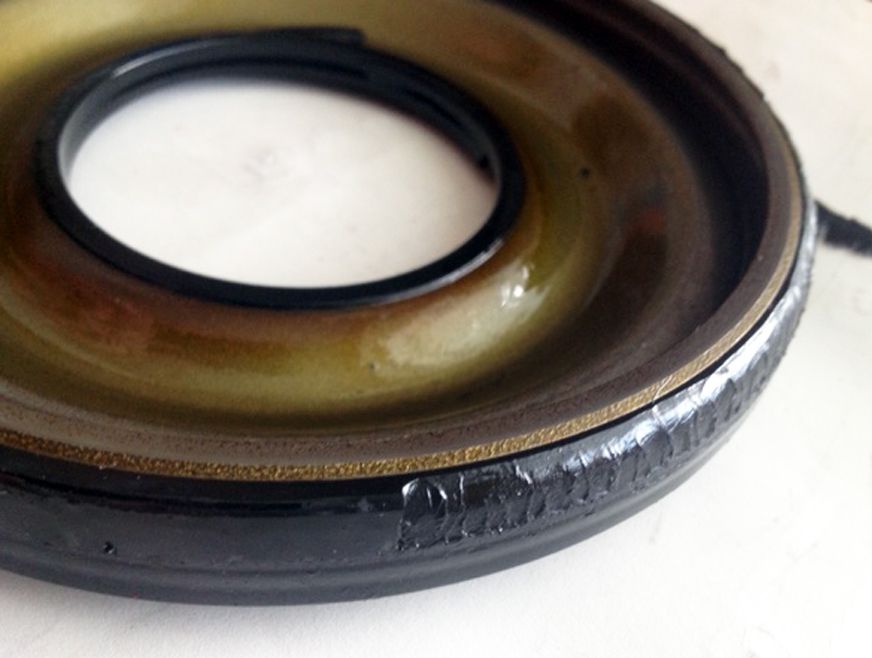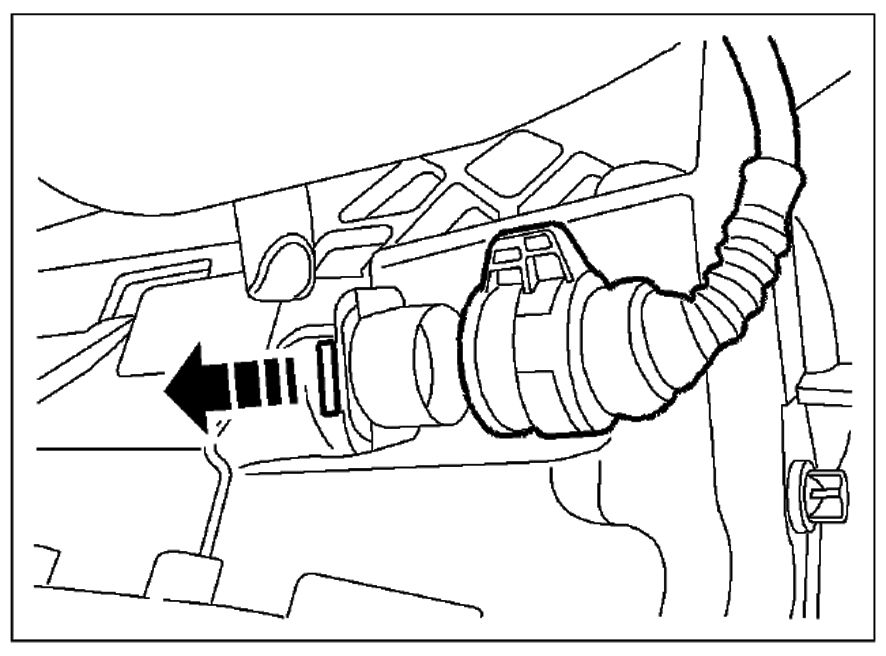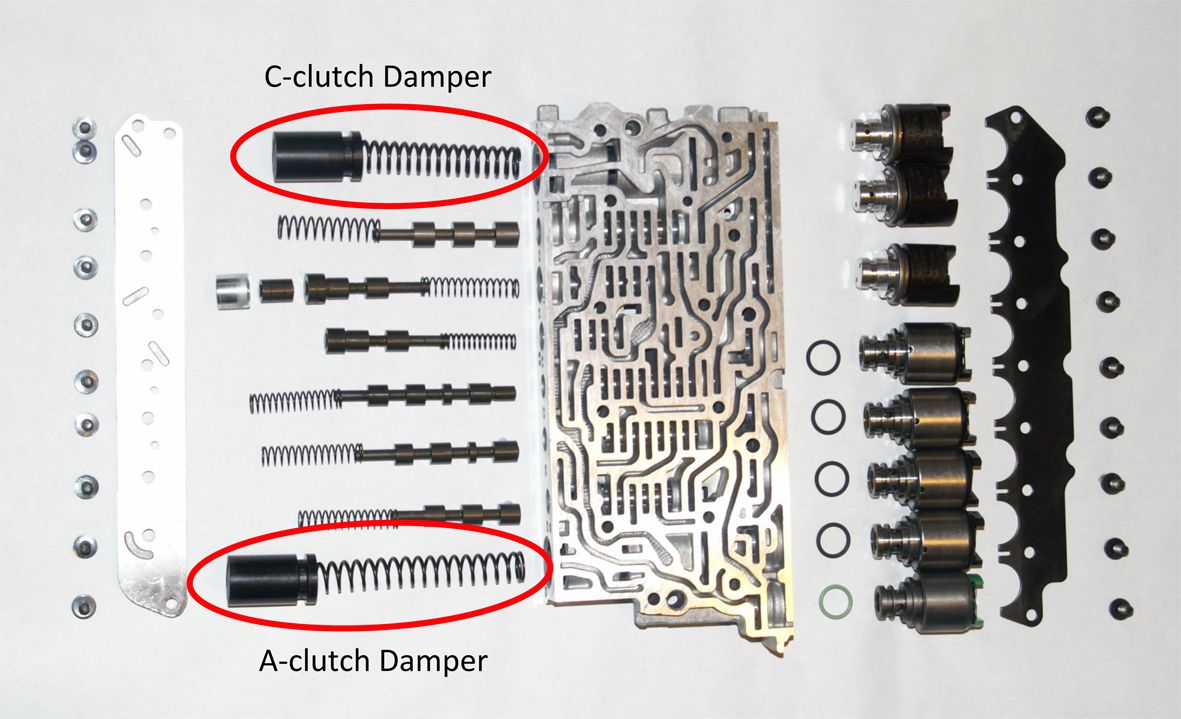Tony Kerr
Member
- Posts
- 11
- Location
- Herefordshire
Hi
New to this forum.
I have a 2002 Range Rover HSE 4.4 with 110000 miles on the clock.
I have problem with the reverse on the gearbox.
All forward gears work well and there are no warning messages.
When you put the car in reverse on flat ground the car goes back no problem under acceleration.
When you try to reverse up hill it feels like the clutch is slipping and sometimes clunks.
If you put it in low gear ratio it will reverse perfectly.
The gearbox was changed 4 or 5 years ago and oil and filter was changed a few months ago.
I do not understand how the reverse will work in one mode but not the other.
I will want to get it sorted but not sure where to turn.
Can anyone advise.
Thanks in advance
New to this forum.
I have a 2002 Range Rover HSE 4.4 with 110000 miles on the clock.
I have problem with the reverse on the gearbox.
All forward gears work well and there are no warning messages.
When you put the car in reverse on flat ground the car goes back no problem under acceleration.
When you try to reverse up hill it feels like the clutch is slipping and sometimes clunks.
If you put it in low gear ratio it will reverse perfectly.
The gearbox was changed 4 or 5 years ago and oil and filter was changed a few months ago.
I do not understand how the reverse will work in one mode but not the other.
I will want to get it sorted but not sure where to turn.
Can anyone advise.
Thanks in advance



